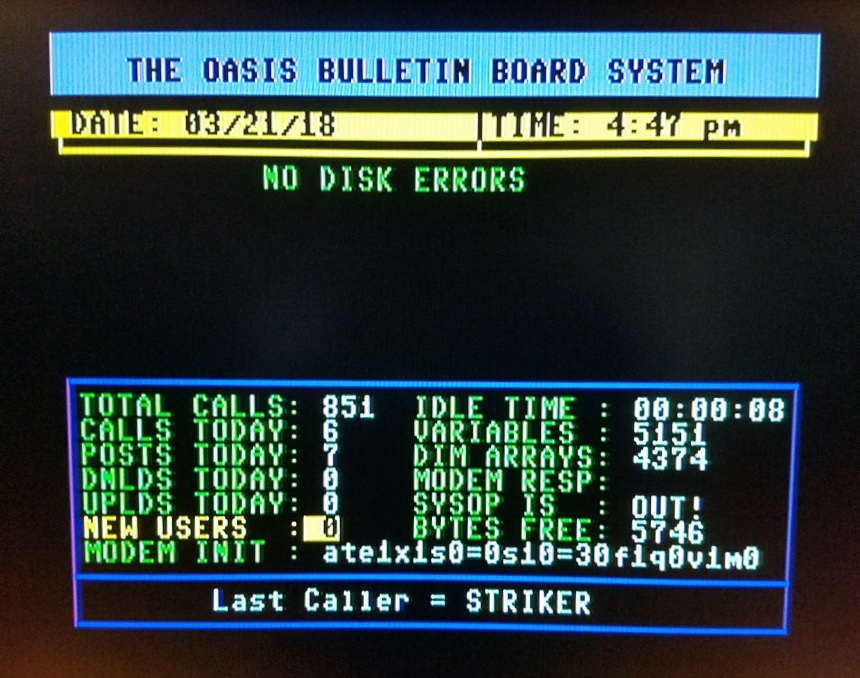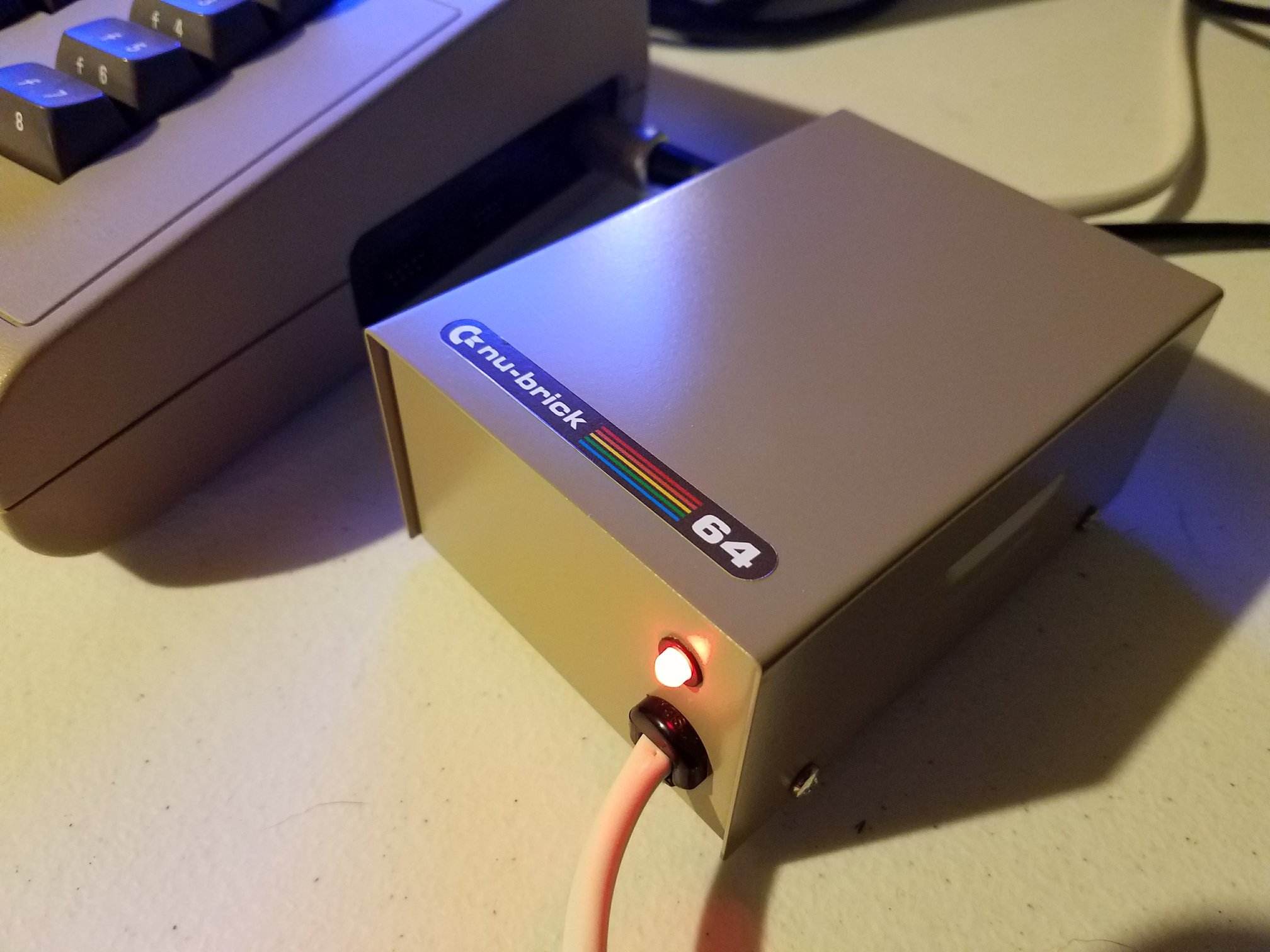At CoCoFEST! 2025, John Strong, Matt Massie, and John Federico presented major updates on running NitrOS-9 on the Foenix F256 computer line. They walked through hands-on examples, development progress, and a surprising number of working features.
Hardware and Compatibility
The Foenix F256 series, created by Stephanie Allaire, includes variants like the 6502, 65816, and 6309. Newer models such as the K2 and Junior Junior offer USB-based FPGA updates and improved RAM support. You no longer need external programming tools or chip replacements.
The system runs 6 MHz 6309 code and supports up to 1–2 MB of RAM. It can load NitrOS-9 and run Color Computer 3 console apps without modification. Developers can use familiar CoCo toolchains such as LWTools, ToolShed, and the new Fenix Manager. These tools are available on GitHub via Henry Strickland’s Coco Shelf.
System Features and OS Integration
NitrOS-9 boots from onboard flash. The Level One bootloader loads the full OS through SD card, cartridge, or DriveWire. The newest models include options for dual SID audio, OPL3, PSG, and MIDI via Dream SAM2695. They also feature DVI video output, PS/2 input, and a real-time clock.
Users can swap between CPU cores—6502, 65816, or 6309—by pressing a button. The onboard RP2040 manages FPGA loading without the need for a PC.
Graphics and Font Handling
Federico demonstrated layered graphics with three simultaneous bitmap layers, each using its own color lookup table. Font handling also received updates. A preview tool allows on-the-fly testing of different fonts and colors. Raster interrupts let users change fonts mid-screen by row.
A new mouse driver auto-detects PS/2 input and auto-hides when idle. All font changes and character mappings now support custom code points, thanks to a new Vtio command.
BASIC09 Expansions
Matt Massie expanded BASIC09 with over 50 new commands. These include tools for bitmap drawing, font switching, input handling, and sprite work. He demonstrated a graphical file browser, background themes, and a paint tool—all written in BASIC09.
Massie also showed how to map memory blocks and interact with MMU-mapped graphics directly. You can now load fonts, draw primitives, and manage graphics with simple BASIC calls. This makes development far more accessible to those without assembly experience.
What Still Needs Work
Multi-terminal support isn’t ready yet. It depends on DMA updates and changes to how memory is handled. Current systems require all graphics memory to sit within the first 512K. The team plans to use a VRAM flag to solve this limitation.
Drivers for some newer features still need writing. The team is also working to build more dev tools that run directly on the Foenix, including a local assembler and C compiler. Documentation and GitHub updates are also on the to-do list.
Final Thoughts
The project isn’t done, but it’s very usable. Developers can already build software using the same tools they’d use for the CoCo. With support for BASIC09, layered graphics, sound, and networking, the Foenix F256 gives retro developers a new platform to explore.







